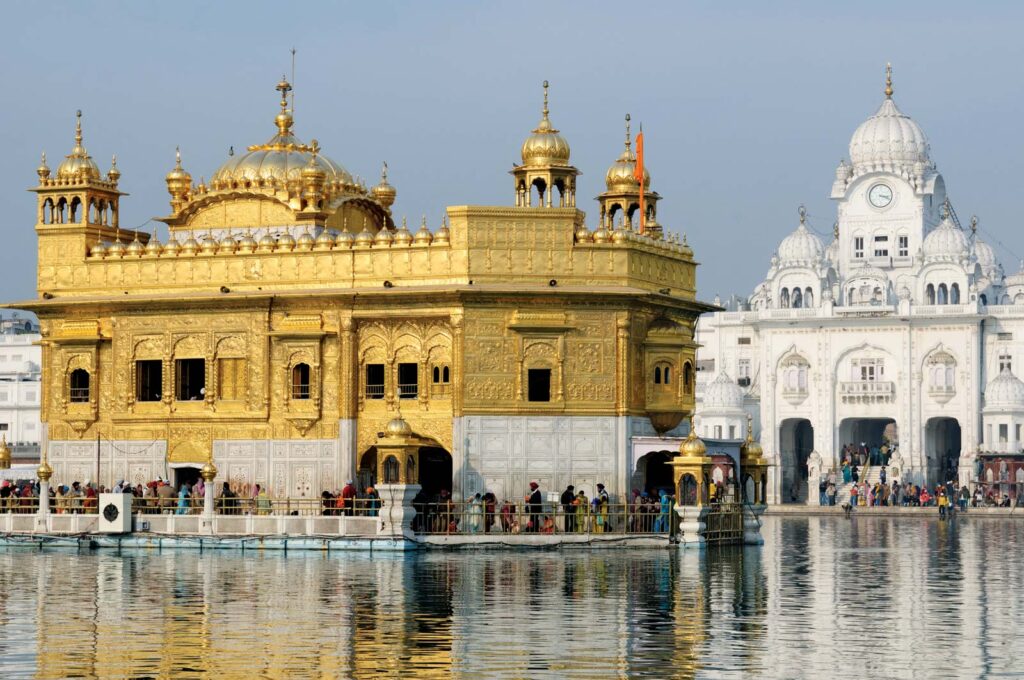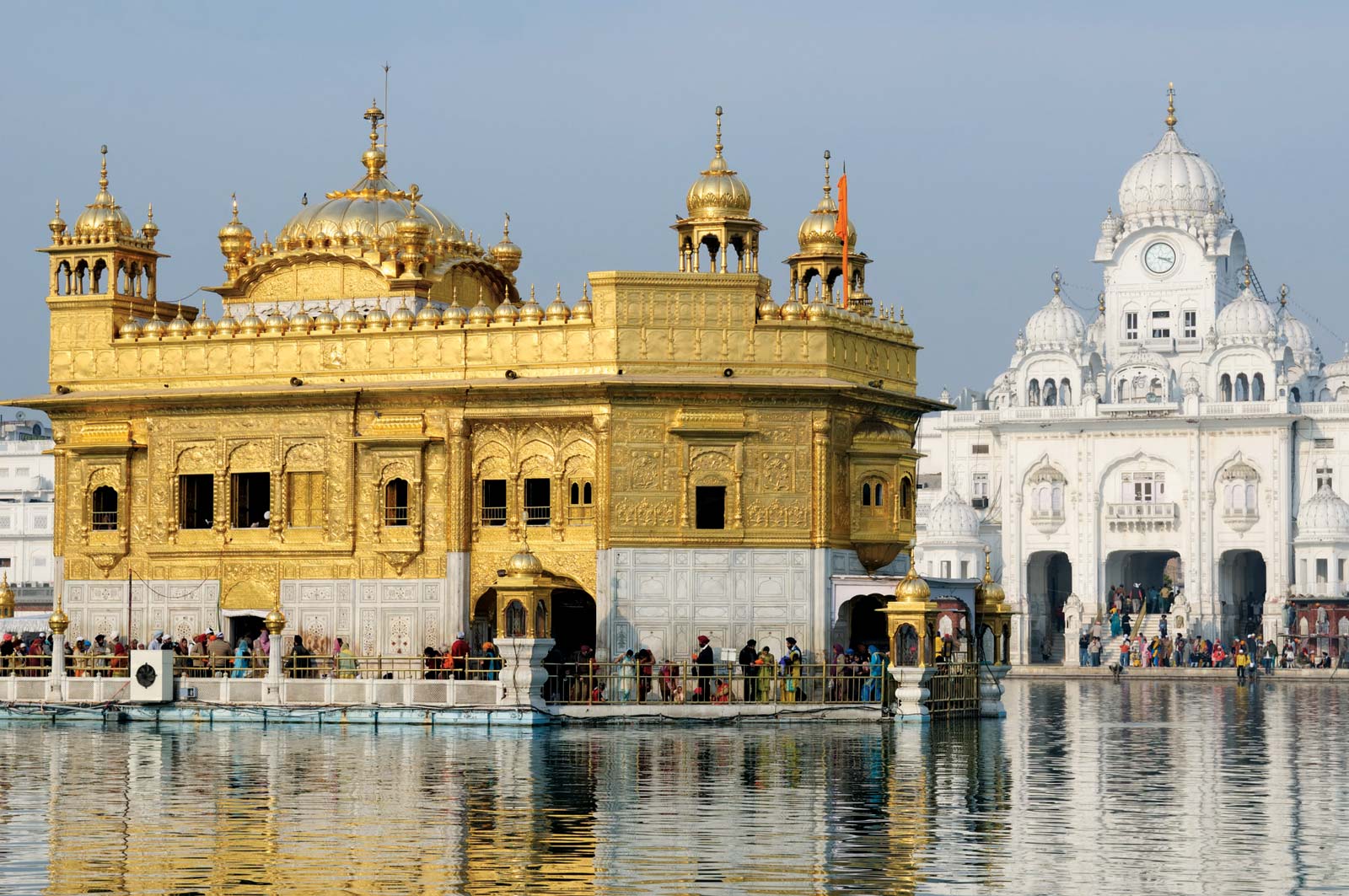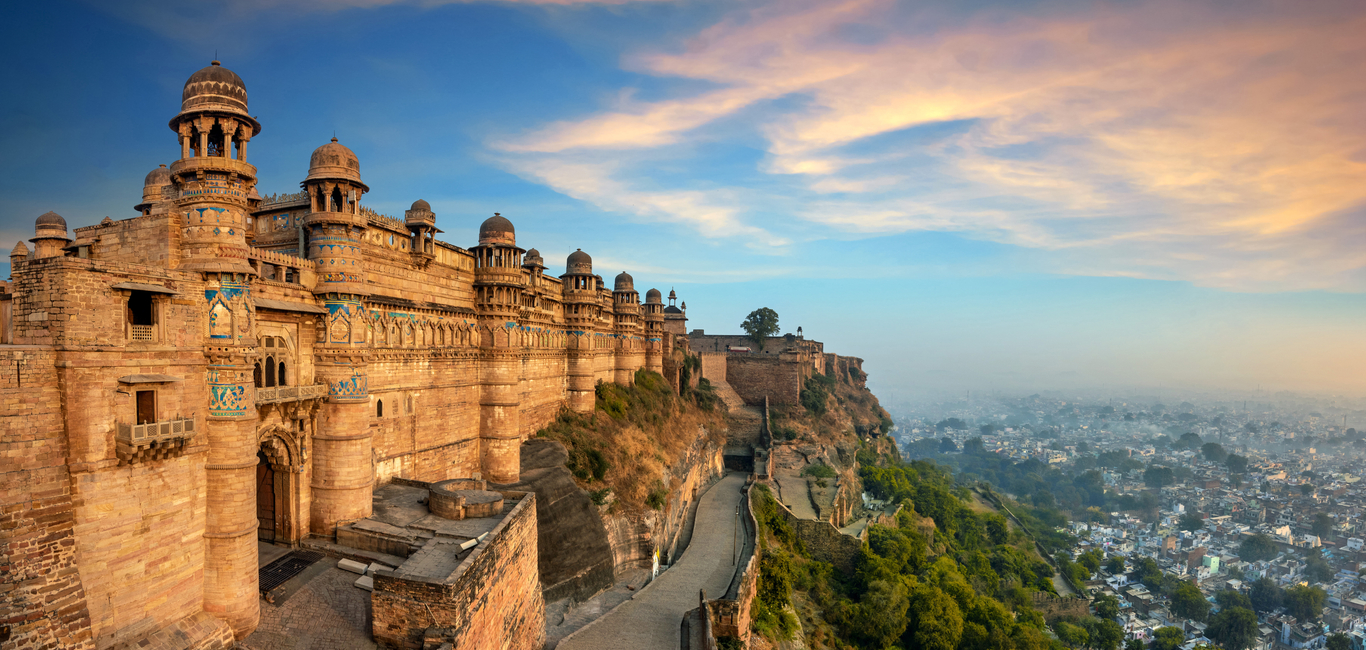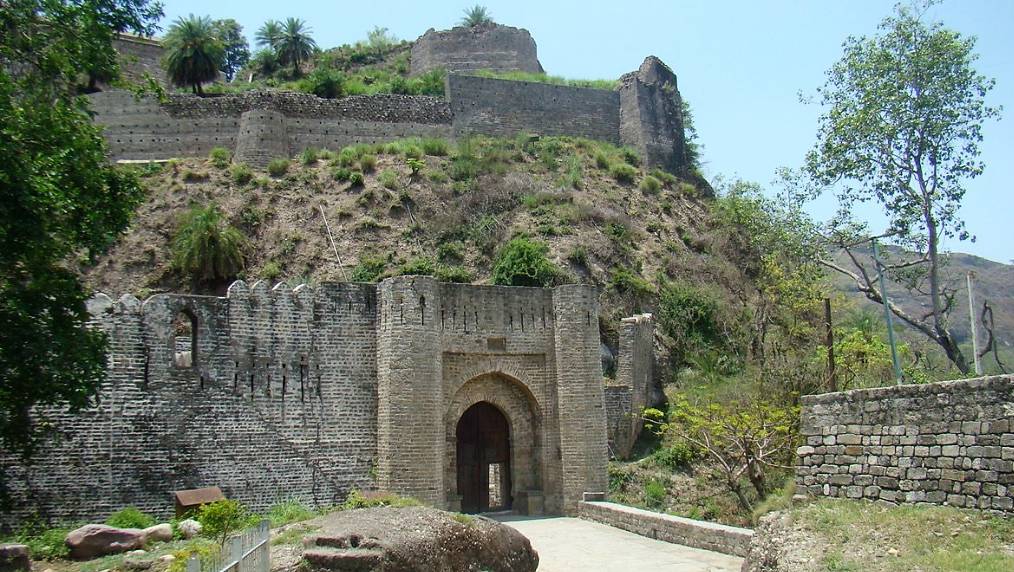
Amritsar, the ‘Spiritual Capital of Punjab’ is one of the most important Sikh pilgrim centers in the country. It was founded in 1577, by Guru Ram Das and was later named Amritsar, after the sacred pond – Amrit Sarovar or the ‘Pool of Nectar’.
Golden Temple Complex: The magnificent temple complex set in the ‘heart’ of Amritsar is the holiest shrine of the Sikhs. Its foundation was laid in 1588, by the fifth Sikh Guru Arjan Dev Ji on a small island in the waters of Amrit Sarovar and was consecrated on August 16, 1604. The temple was virtually destroyed in 1761, by Ahmad Shah Abdali, an Afghan invader. It was restored between 1803 and 1830 by Maharaja Ranjit Singh, a great Sikh ruler. The gurudwara complex is a fine blend of Hindu and Islamic architecture and is regarded as one of the most tastefully decorated shrines in the world. Darshani Deori, the northern gateway with two splendidly carved silver doors is the main entrance. Amritsar, the ‘Spiritual Capital of Punjab’, also houses the Central Sikh Museum.
The main shrine called Harmandar or Darbar Sahib is set in the middle of the sacred Amrit Sarovar pond. The original copy of Guru Granth Sahib, the holy book of Sikhs is kept covered under a jeweled canopy at the Darbar Sahib during the day and is returned ceremoniously to the Akal Takht at night. Maharaja Ranjit Singh covered the dome of the shrine in gold and embellished the interiors with lavish decorations. Guru-ka-Langar, the massive community kitchen overlooking the eastern entrance to the temple complex is a must-visit site.
Jallianwala Bagh: The beautiful walled garden near the Golden Temple complex is a major landmark in the history of India’s struggle for independence. The history of Martyr’s Memorial built in the shape of an eternal flame of liberty has become a pilgrim site for every Indian. On April 13, 1919, Gen. R. Dyer ordered firing on a peaceful gathering here. A section of the wall with bullet marks is still preserved. The exact number of deaths is still unclear, but the official figure show only 379 people killed and 1,200 injured. The small Martyr’s Gallery exhibits the pictures and newspaper reports as well as other first-hand accounts of this ghastly event.
Durgiana Mandir or Lakshmi Narain Temple: This important shrine dedicated to Goddess Durga resembles the famous Golden Temple.
Ram Bagh Garden: The small palace surrounded by a beautiful garden was built by Maharaja Ranjit Singh. It houses a museum displaying weapons dating back to Mughals and portraits of various dynasties of Punjab.
For more information, visit google. Also, have a look at our various monthly issues.




